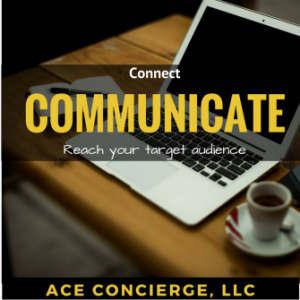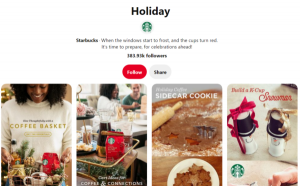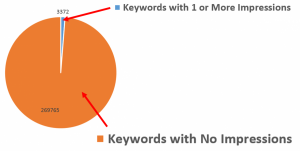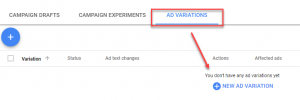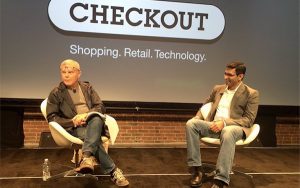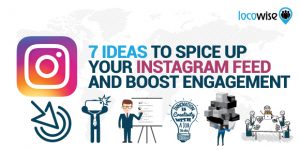As you get ready to launch your channel incentives campaign, you’ll want to give thought to how you’ll handle ongoing communications with your partner reps.
The informational and motivational messages you send via email will have a significant effect on how well your partners engage throughout your campaign, especially when they’re personalized and geared towards encouragement. And if you plan an automated communications strategy before that campaign begins, you can focus more on your bottom line and less on the exact content of those emails.
Email is also an excellent medium for effectively reaching your reps: One Adobe study indicates white collar workers in the U.S. spend an average six hours daily reading email, with nine of 10 accessing work email while at home (and vice versa).
“From crafting the perfect subject line to images that resonate with your customer — and valuable content that helps your audience — email is the perfect channel to drive engagement,” notes Amreen Bhujwala on Business2community.com. “The more value you provide to your target audience, the more they’ll look forward to hearing from you.”
In general, it’s wise to segment your audiences ahead of time so you can personalize your emails as much as possible; at minimum you’ll want to know participants’ first names and at maximum you’ll understand what kind of email content is likely to motivate them. Other general guidelines for marketing-motivated emails call for keeping subject lines short and relevant; summarizing your content in the first 20 words of each email; focusing on the benefits to the participants and using wording that reflects their perspective.
Here are suggestions for the kinds of emails you may wish to send partner reps during your next campaign.
- Introductory messages. Sent several days or weeks before your program begins, these should aim to generate excitement and enthusiasm. Start by congratulating your partners for participating, then follow up with a brief explanation of who you are, what you’re trying to accomplish, how your program will work and why it represents a win-win for all involved. You may want to attach case studies and/or testimonials proving that others have had positive experiences with your program. This is the time to notify your program participants about upcoming training opportunities related to your campaign.
- Informational messages. These should break down the key info your participants need to succeed with your program. Content might include details about your products or services, suggestions for overcoming sales objections, tips on finding and following through on leads, etc.
- Messages of encouragement. One of the most basic human needs is to feel appreciated. Use these emails as positive reinforcement to recognize their accomplishments, tell them when they can expect their next reward to arrive and remind them how much you appreciate their efforts on your firm’s behalf. Such messages can also build trust by affirming you’re there to support participants in any way they need assistance throughout the incentive campaign.
- Campaign updates. Because salespeople tend to be competitive, they’ll continually want to know where they stand in terms of rewards, relative to other participants. Use these emails to keep everyone apprised of how much they’ve already achieved (individually and as teams), how close they are to achieving the next tier, how much longer the campaign will last and what they need to do to achieve further excellence. You might also inform them about short term promotions you’re staging, product changes that could affect sales or issues that have arisen during the campaign.
Digital & Social Articles on Business 2 Community
(25)
